Too Much the Magic Bus
My friends frequently tease me about my automotive taste. It’s not my passion for stupidly expensive high-performance sports cars, or my weakness for brash, flash, trash. It’s my ongoing affection for supremely ugly yet practical vehicles that triggers their head-shaking scorn. Dude, you like a minivan? Luckily, I have a ready defense that usually shuts them up. I tell them that when I was a kid, our family car was a Microbus.
Few vehicles are as identified with a particular time and place as the VW type 2 (the Bus’ official name). The Microbus practically screams ‘60’s San Francisco flower power. Ours was from a later era, acquired sometime around 1973 in the heart of the Midwest. My dad bought VW’s people mover after our Chevrolet Vega overheated for the second time in a year. Style was not as high on his list of priorities. He was looking for a sensibly-priced car that could transport a family of four.
It was a run-of-the-mill Bus. (I drooled over the camper-vans in the owner’s manual). Its fabricators blessed the Bus with a dubious creamsicle two-tone white-over-orange that didn’t improve when my brother blew chow down the passenger side outside St. Louis. The interior was finished entirely in the hardwearing black vinyl that's come to define ‘70’s cabins. Although the material resisted all sorts of stains, the seats either scorched your butt– passengers wearing shorts left the Bus looking like they’d been attacked by a waffle iron– or sucked away all body heat.
Yank back the sliding door (a big thing pre-minivan) and you discovered three full rows of seats bolted to the floor. They were only slightly more comfortable than the church pews they resembled, but you could fit six adults in the back (we were drafted for every carpool going). There was even a large square luggage area behind the back seats, roughly level with the rear passengers' heads. (Cargo net? What's a cargo net?) The raised luggage area hid the bus’ Achilles heel: a 1.7-liter, four cylinder engine. In fact, the Microbus was little more than a Beetle with a big box on top. This led to a few “issues”.
Those of you familiar with the Beetle's climate control system know its effectiveness depended entirely on its passengers’ psychological suggestibility. Now imagine the SAME system attempting to warm a Microbus with roughly five times the interior volume. Now imagine that same Bus encased in snow about to face a dark, Midwestern winter’s morning. My mother still speaks venomously of battling frost-bite at the helm. Summer was little better. Mediocre ventilation (only the front windows rolled down) and all that black vinyl made the Bus an oven on wheels.
The VW Microbus earned the "bus" part of its name from its driving position as much as its utility. The machine's steering wheel fed straight into the floor and spread across the driver’s lap in open-spoked glory. Bereft of power steering, driving the beast required a distinctly commercial mindset– and not a small amount of brute strength. I can still see my mother, all five foot nothing of her, wrestling the beast round corners.
Another “bus” feature: the driver and front passenger sat on top of the front wheel-wells. The Car Talk guys have bemoaned the negative safety implications of this seat positioning for years, and they have a point. For the record, we survived our only fender-bender without injury to our knees (the ductwork in front of us took the hit, which didn’t help the nominal heater any).
The Bus’ sloth tended to relegate safety concerns to the back of one’s mind. There was no way to measure the vehicle’s zero to 60 time. Barring a tailwind, there was no way the bus could crack a mile a minute, Richard Nixon’s 55mph speed limit was as unbreakable as the speed of light. When we moved back from California, my eight-year-old brain finally realized the truth. We went over the Sierras and the Rockies hugging the shoulder as cars, trucks, semis, even CAMPERS flew by. Even at such a tender age, I sensed that something was not quite right with a vehicle that couldn't keep up with continental drift.
In [partial] compensation, the Bus got decent mileage: mid to low 20's. It was also one of the most dependable vehicles on the road. (Oh how the Volkswagens have fallen!) Aside from a dead spot on the starter (which led to some entertaining push-starts), Ye Olde Type 2 ran with minimal hassles to 100K before getting seriously cranky.
Our return to the Midwest spelt the end for the bus. My mother finally took matters into her own hands and traded in the Bus on something smaller. I have fond memories of the Bus. I see it as a child, amazed at all the things it could do; rather than as an adult, remembering all it couldn’t. Who says nostalgia isn’t what it used to be?
More by Andrew Dederer
Latest Car Reviews
Read moreLatest Product Reviews
Read moreRecent Comments
- Redapple2 I m afraid I d hate the crazy color 2 yrs down the line of a 6 year ownership. So, after dark blues, and dark reds I m back to a wonderful deep, pearly, lustrous white. Looks good at night. In the day. Clean; and when dirty, hides it.
- THX1136 Some folks down the street from me had a beautiful blue/green Jeep. I stay away from grey, brown, silver and black. Ironically I own a white vehicle at the moment due to not being able to afford the blue one I was considering and not wanting the aforementioned colors. A nice emerald green, most shades of blue (Santa Fe Blue is a favorite) and the 'hotter' colors like orange, purple and yellow appeal, but as KOKing mentioned it's got to look 'right' on the car in question.
- THX1136 It's good knowing a purchase decision was well made. Glad to hear it's been a good car for you, Corey! May the good times continue to roll.
- Kwik_Shift_Pro4X I like bright red, like Ford's "Race Red" with black accents/trim on hot hatches. A distant second would be a lighter school bus yellow, like on a 90s Land Rover Discovery Camel Trophy edition.
- KOKing The color has to look right on the car first and foremost, but given the choice, I'll pick the not-bland color every time.



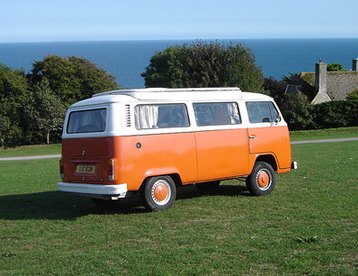













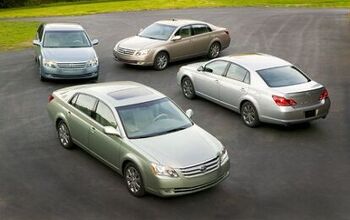
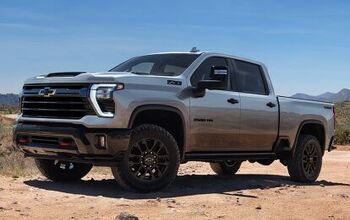

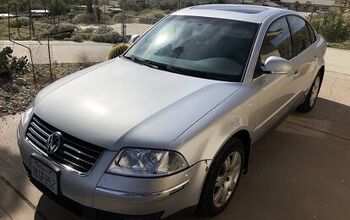
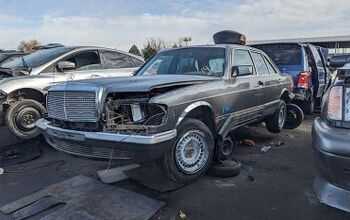






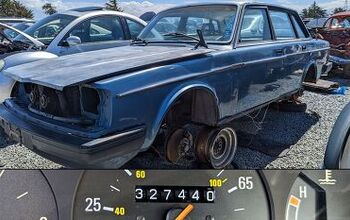



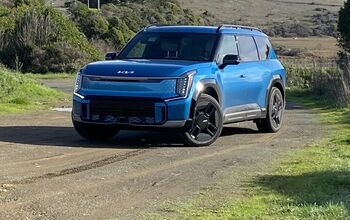

Comments
Join the conversation
I also have a '99 Chevy Astrovan Delivery that I bought from a florist that was going out of business. It is the perfect combonation of a car and a light truck; you can lock stuff up inside, has plenty of pep, and handles....acceptably. It has 182000 miles on it (half of them mine) and is still going strong!
heh heh, thanks for the Memories. Dad got his first bug in '57 when the train stopped running to Greenbush. About '64, he replaced the 54 Chevy Suburban with a '62 VW bus. I took my Driving test in a 65 microbus. I drove a bug until the late 80s. I liked the aircooled VWs. When they broke, they were easy to fix. Heat is for wimps, I rigged a small electric heater and a fan into the drivers side defrost duct. It kept my fingers from getting frost bite when I had to use them to defrost the windshield. I taught my wife to drive in a 62 Bug that kept eating fanbelts. A fact she still throws in my face 34 yrs later. 'Rene was one of the last people to make it off rt 128 during the blizzard of 78. She was driving a 66 bug.